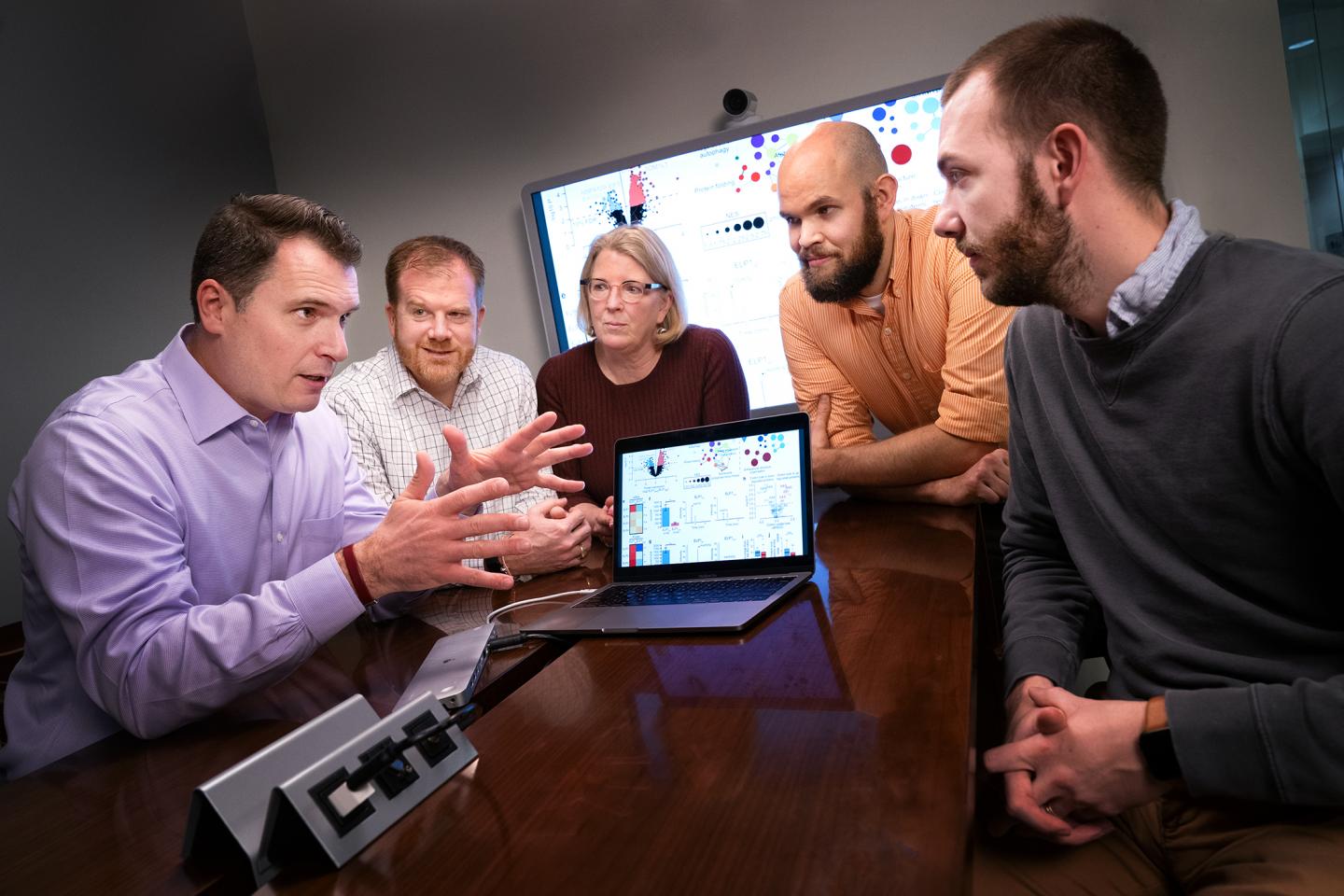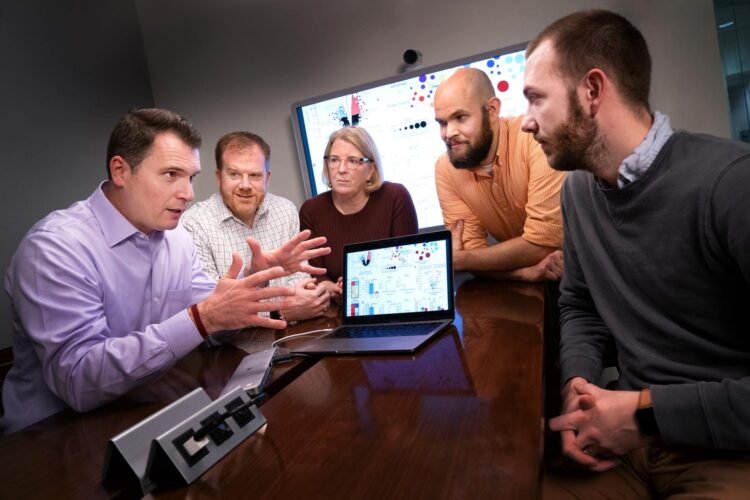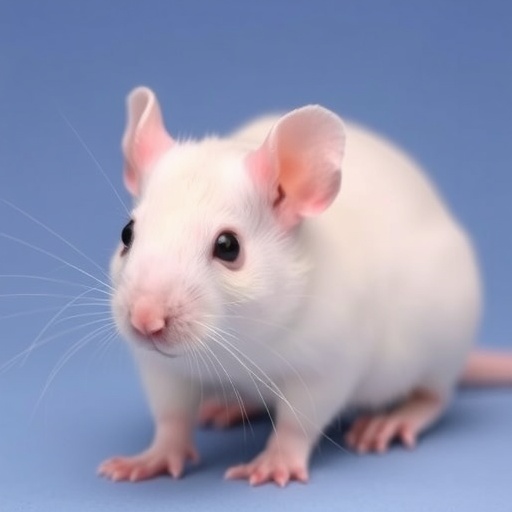Collaboration co-led by researchers at St. Jude Children’s Research Hospital discovers a novel predisposition gene in pediatric medulloblastoma

Credit: St. Jude Children’s Research Hospital
Investigators at St. Jude Children’s Research Hospital, the European Molecular Biology Laboratory, and the German Cancer Research Center have identified ELP1 as a novel predisposition gene in the SHH subgroup of pediatric medulloblastoma. The work appears as an advance online publication today in Nature.
Medulloblastoma is the most common malignant pediatric brain tumor. The SHH subgroup accounts for about 30% of all pediatric medulloblastoma cases. Previous research suggested that this subgroup is affected by genetic predisposition from abnormalities in the germline (inherited) DNA of patients. However, this prior work was restricted to known cancer predisposition genes.
“The scientific evidence and the experiences of patients and families suggested to us that inherited mutations might play a bigger role than previously thought,” said co-senior author Paul Northcott, Ph.D., of the St. Jude Department of Developmental Neurobiology. “By searching for genes beyond the usual suspects, we showed that a significant portion of SHH medulloblastoma with inherited mutations wasn’t being recognized.”
The team looked at all protein-coding genes (the exome) in more than 1,000 patients with medulloblastoma. The researchers compared their medulloblastoma findings to more than 118,000 exomes from several databases of individuals without cancer. Results showed that the gene ELP1 is abnormally mutated in the germline DNA of 14-15% of children with SHH medulloblastoma.
With the addition of ELP1 to the list of known cancer predisposition genes, the researchers showed that at least 40% of pediatric SHH medulloblastoma is driven by an inherited abnormality. ELP1 mutations occur at more than double the rate of any other previously acknowledged cancer predisposition gene in SHH medulloblastoma.
A better understanding of predisposition
ELP1 normally functions as part of a multi-subunit complex called elongator. Elongator plays a role in regulating translation, the process of translating genetic information into proteins. This finding supports investigations into how dysregulation of translation contributes to medulloblastoma.
“When multiple members of a family have the same kind of medulloblastoma, but don’t have mutations in any of the recognizable predisposition genes, there has to be more to the story,” said co-first author Giles Robinson, M.D., of the St. Jude Department of Oncology. “ELP1 has not been part of routine genetic testing offered to patients and families, but this work suggests that it should be included for medulloblastoma.”
The researchers also found that ELP1 may help guide prognosis. Patients with this mutation tend to do well on currently available therapies. Researchers are continuing to study ELP1 in the laboratory to determine if the identified mutations could be used to tailor medulloblastoma therapy in the future.
###
The other co-senior authors are Jan Korbel of the European Molecular Biology Laboratory and Stefan Pfister of the German Consortium for Translational Cancer Research, Hopp Children’s Cancer Center Heidelberg and the German Cancer Research Center. The other co-first author is Sebastian Waszak of the European Molecular Biology Laboratory. Other St. Jude authors include Brian Gudenas, Kyle Smith, Kayla Hamilton, Aksana Vasilyeva, Ruth Tatevossian, Geoffrey Neale, Brent Orr, David Ellison, Kim Nichols and Amar Gajjar. The study features additional authors from 33 affiliations.
The research at St. Jude was funded in part by the Pew-Stewart Scholars for Cancer Research, the Sontag Foundation, the American Association for Cancer Research, the Brain Tumor Charity (Quest for Cures), and by grants from the National Cancer Institute (CA232143-01) and ALSAC, the fundraising and awareness organization of St. Jude.
St. Jude Children’s Research Hospital
St. Jude Children’s Research Hospital is leading the way the world understands, treats and cures childhood cancer and other life-threatening diseases. It is the only National Cancer Institute-designated Comprehensive Cancer Center devoted solely to children. Treatments developed at St. Jude have helped push the overall childhood cancer survival rate from 20% to 80% since the hospital opened more than 50 years ago. St. Jude freely shares the breakthroughs it makes, and every child saved at St. Jude means doctors and scientists worldwide can use that knowledge to save thousands more children. Families never receive a bill from St. Jude for treatment, travel, housing and food — because all a family should worry about is helping their child live. To learn more, visit stjude.org or follow St. Jude on social media at @stjuderesearch.
Media Contact
Katy Hobgood
[email protected]
Related Journal Article
http://dx.




